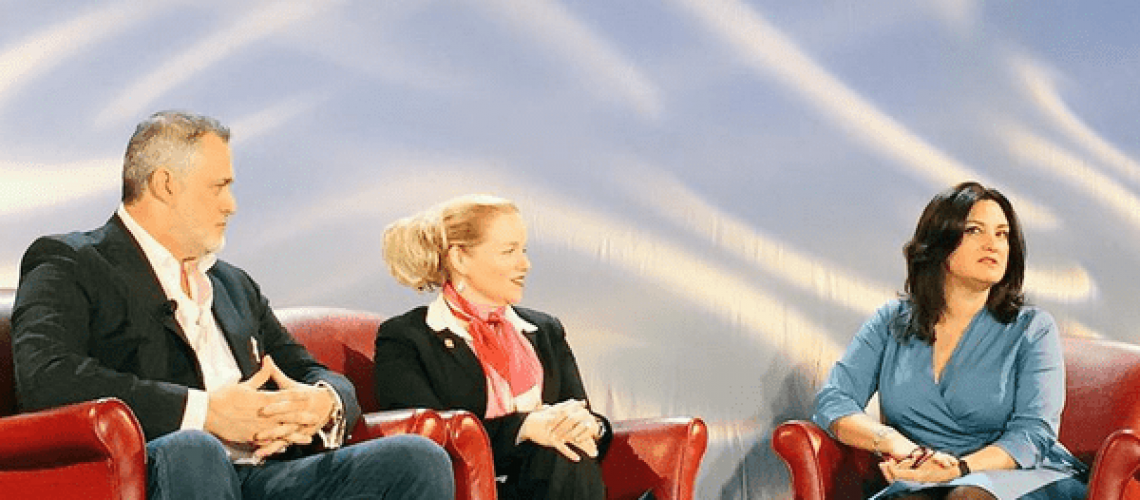How To Tackle Unconscious Bias in Recruitment
Recently we sat with with Mishu Ullah, a Managing Consultant with NES Global Talent, to continue our series on how to stand out to recruiters. Mishu spoke on the challenges of recruiter’s unconscious bias in the hiring market, as well as the many different types of bias. Amongst the unemployment boom of COVID and the instability of the markets, Mishu shared with us tips on how to combat a recruiter's assumptions during their decision-making process:
Unemployment Bias. A recruiter may ask: why is this applicant unemployed in the first place? Don’t leave the guessing game up the recruiters- be upfront and transparent about your reason for unemployment, especially when the case was out of your control (the company was bought/sold, layoffs, etc.) Place a line explaining in your description about yourself on your resume.
Gap Bias. Recruiters will wonder what you spent your time doing while unemployed. Whether you needed a mental health break or haven’t found a suitable job posting, once again, do not leave them guessing. Take advantage of the free online courses offered by universities to stay relevant in your skills, pursue a personal passion project, or include any side consulting to your resume.
“I got fired” Bias. For those of us who experience unemployment from getting fired, there are still ways to tailor your application in your favor. Instead of mentioning your manager for your last reference, try a mutually respected peer or mentor.
Date Bias. The dates on resume can either work for you, or against you. Here’s a tip: if you became unemployed in June of 2019, write instead “2019.” However, if you were unemployed in December of 2019, then it’s in your best interest to write “December 2019.”
Overqualified Bias. Recruiters may worry that you’ll get bored in the role they’re offering, or hop to a better-paying position once the market reopens. There is no need to undersell yourself: make it clear that you are happy to fill a role you’re experienced in by speaking positively about your past position. Tailor your resume to the job posting by mentioning the required skills they seek first, even if you’re knowledgable beyond that.
Under-qualified Bias. The “you need a job to have experience, you need experience to have a job” conundrum. Recent graduates and career in-betweens can relate to this most when they’re applying for niche skill positions. This is the time to pull out college projects that relate to the position, as well as work on certifications that make show you’re knowledgeable of the skills required. Once again, tailor your resume specifically to the job posting.
Ageism. Recruiters do consider age: how long will this applicant work for us? Change the conversation by offering mentorship to your new team, as you learn from them. Try adding active hobbies that you may have: golf, marathons, biking, dancing or philanthropic activities let recruiters know you have the energy to continue working. Those who are over 50 might also experience technology bias: though it seems redundant, include the basics to your resume: Excel, Word, etc.
Tenure Bias. Too much tenure may signal a risk-averse applicant. Disprove this by mentioning changing hobbies or community groups you participate in. Vice versa: too little tenure could implicate a job-jumper, so include a consistent hobby or interest that you have kept up with.
Software Bias. Many large corporations run resumes through software to narrow down the search. Use many different buzzwords for one skill to improve your chances against the algorithm. For example, recruiting and talent advisory may mean the same thing, but the software may prefer one or the other: use both!
Watch the full event to listen to more tips on networking, the ideal resume length, and if you should be reaching out to hiring managers on LinkedIn.






